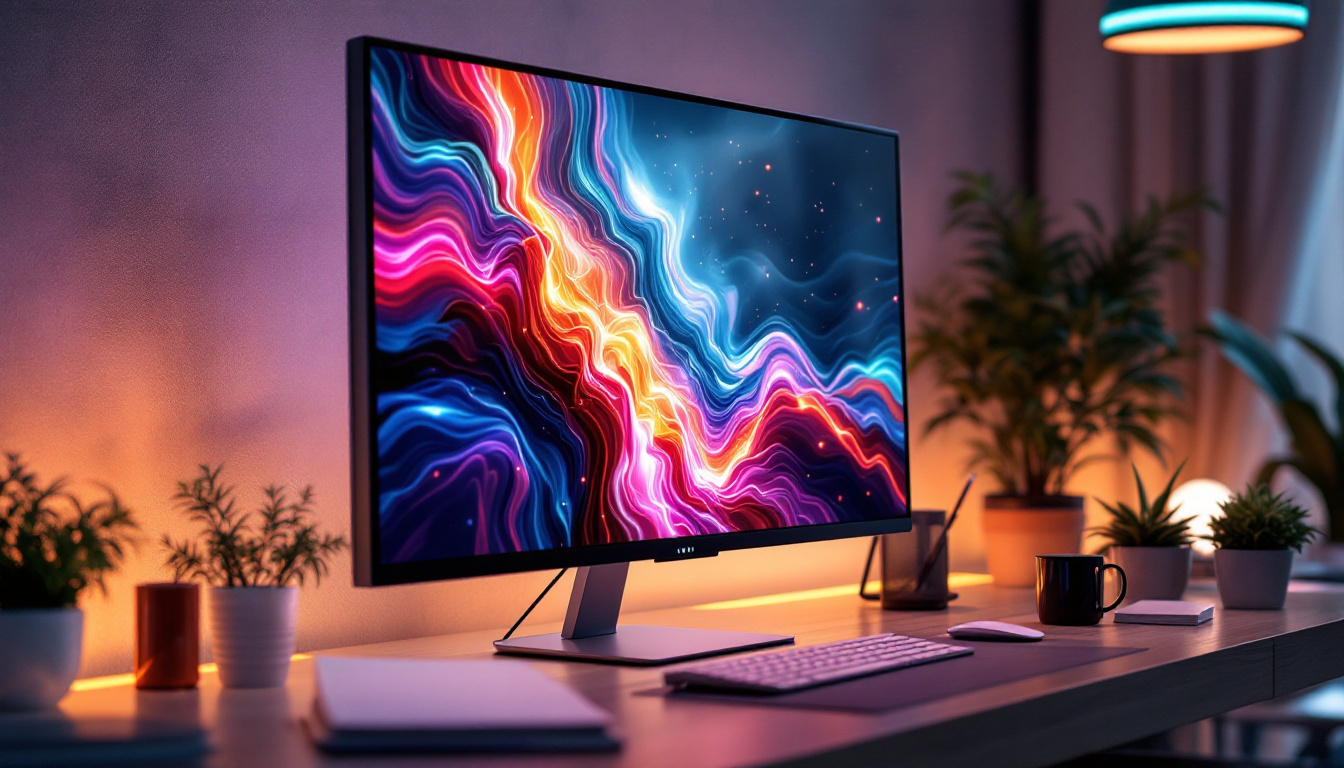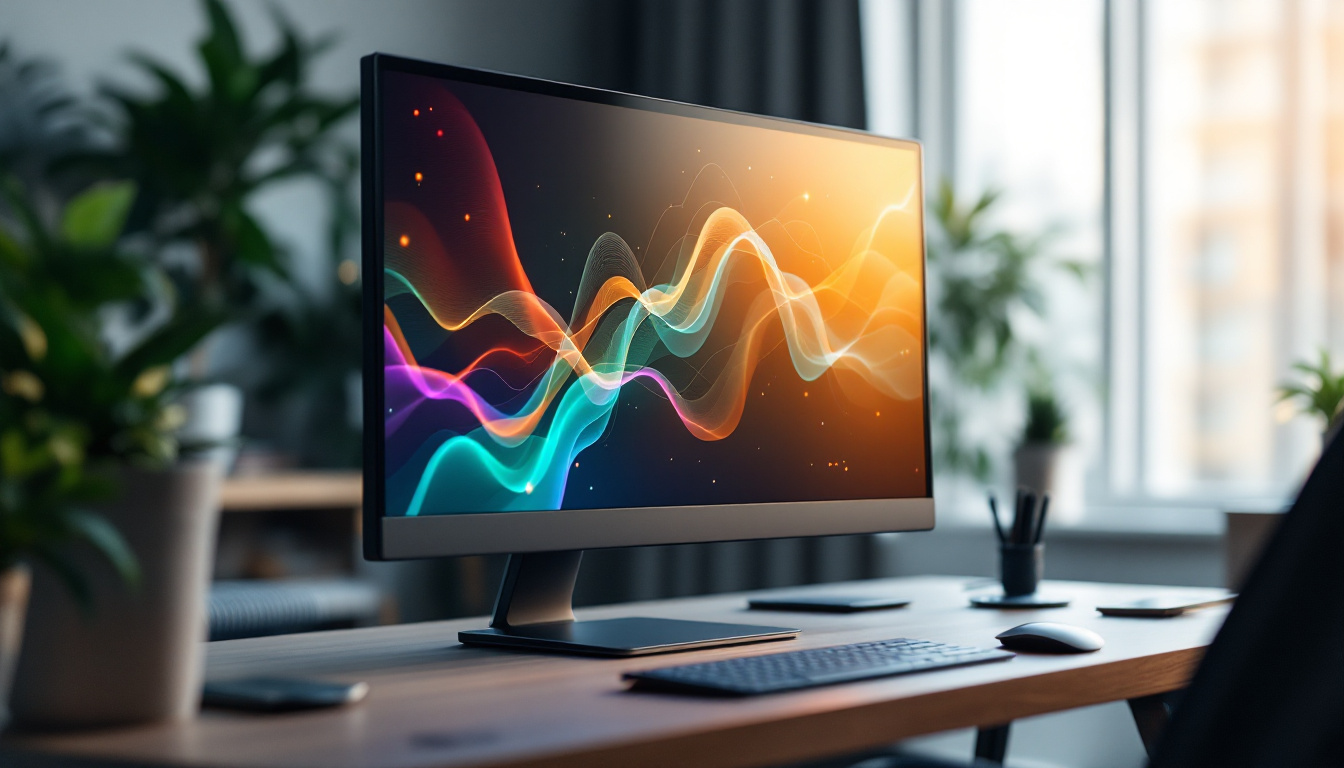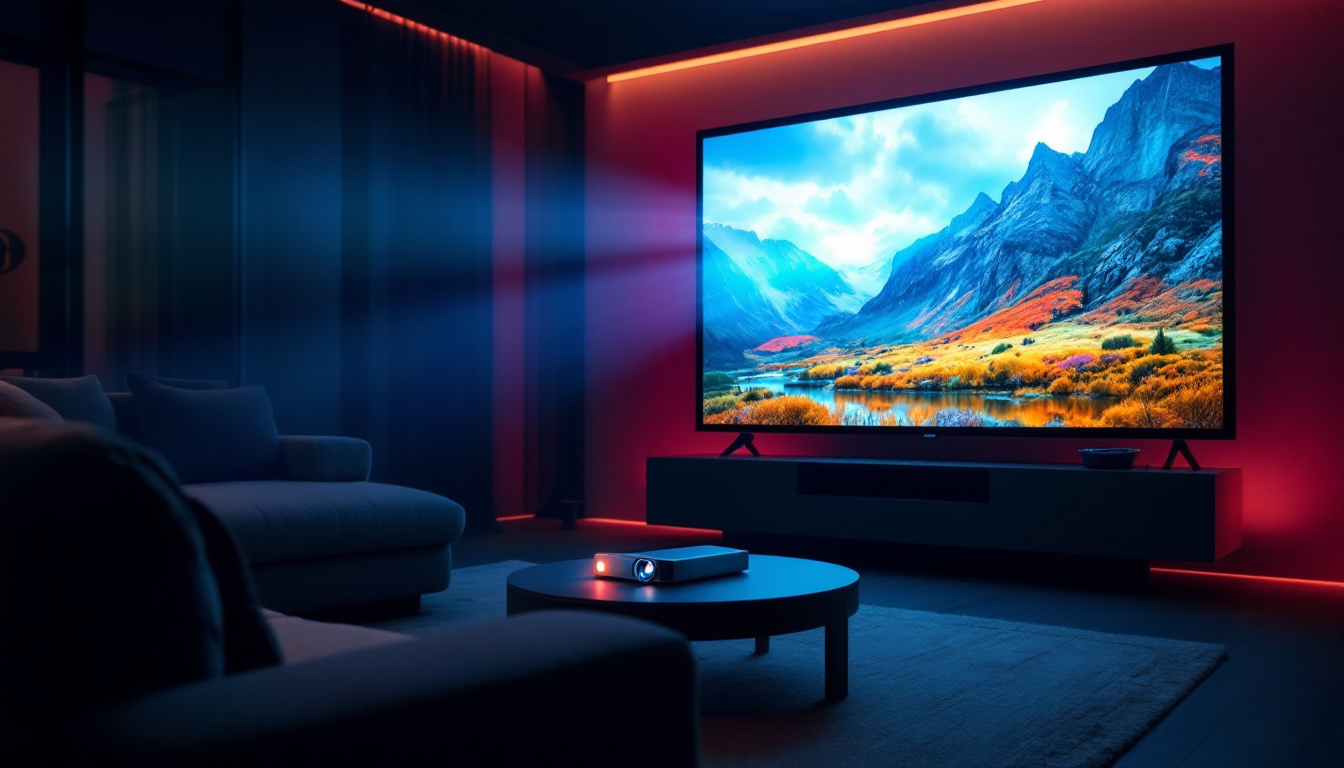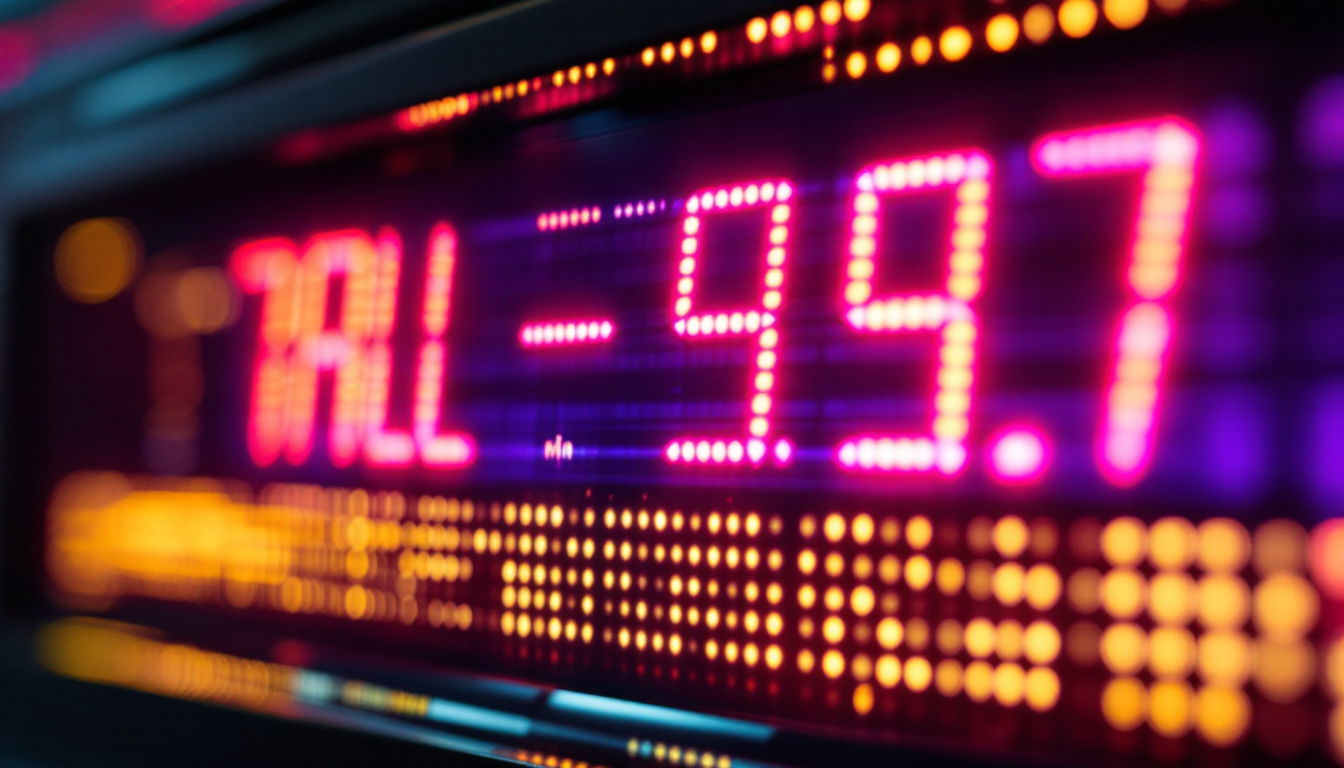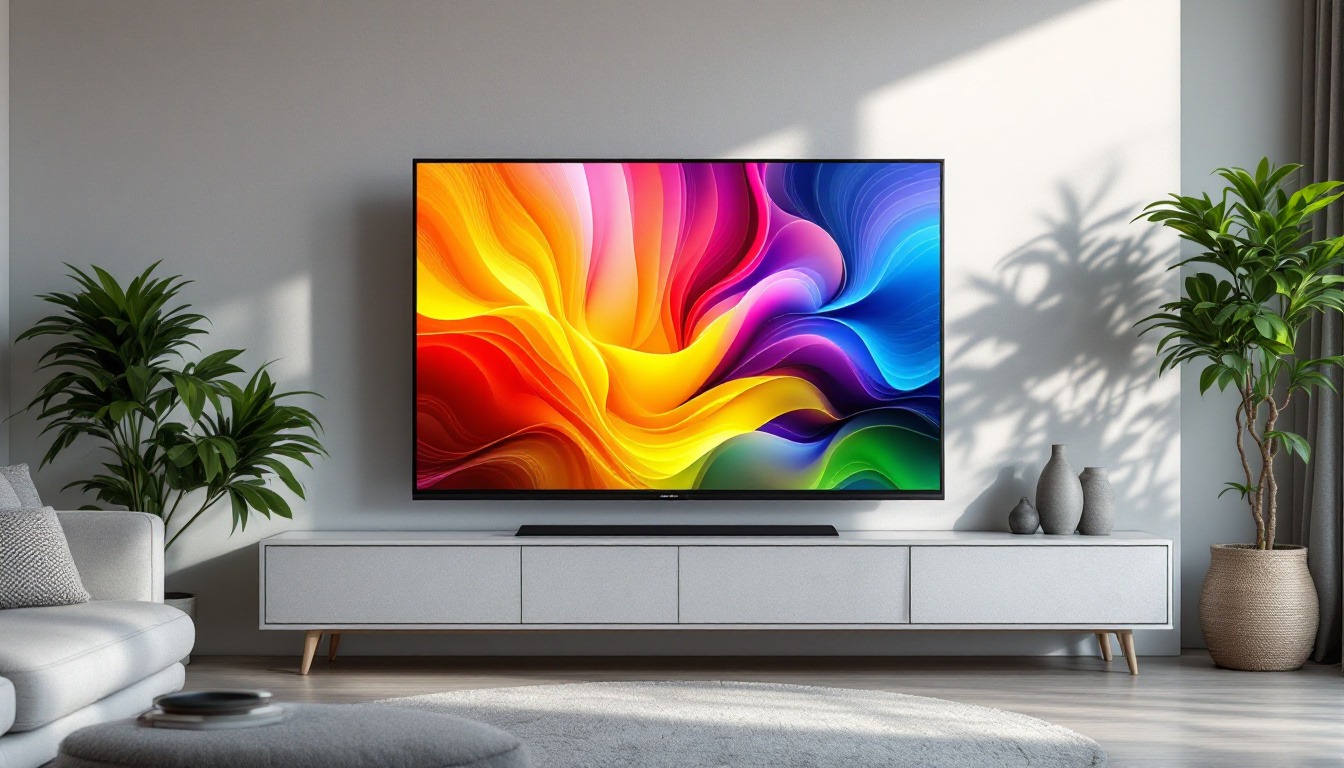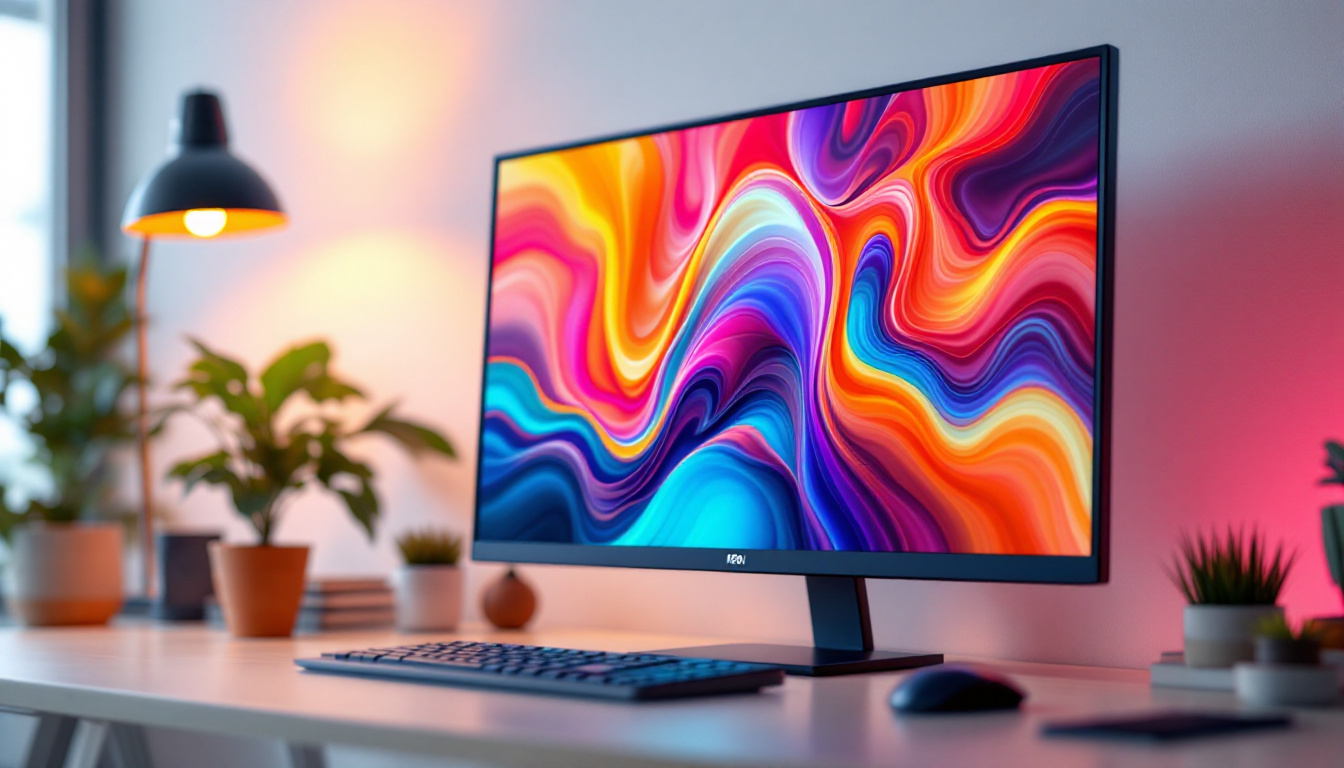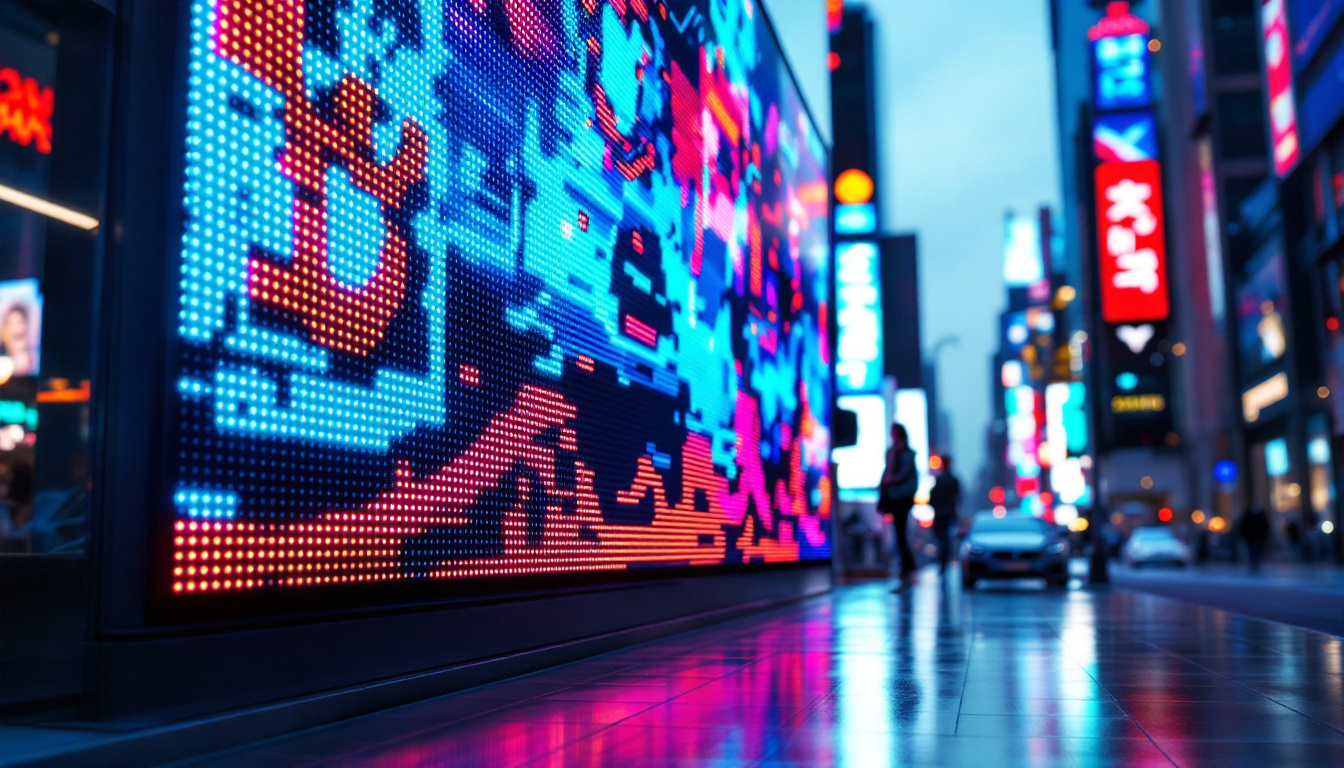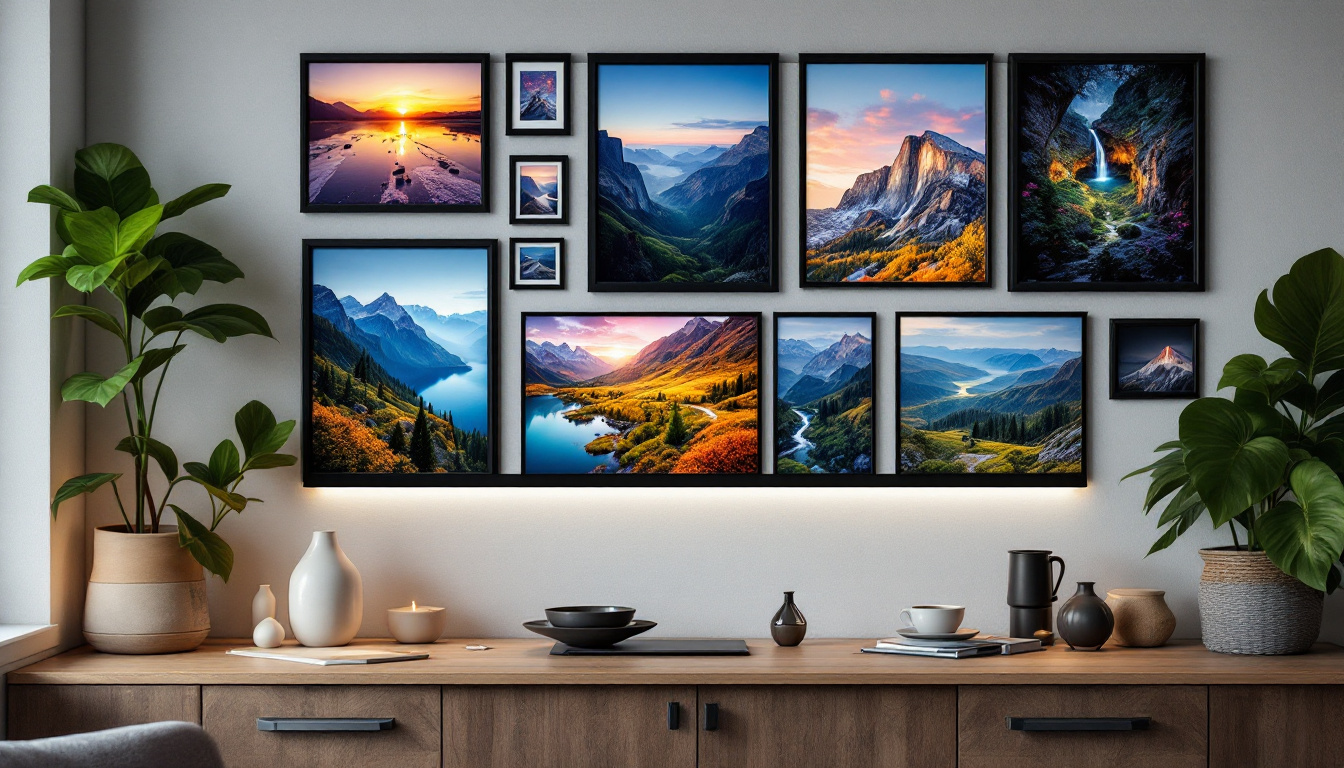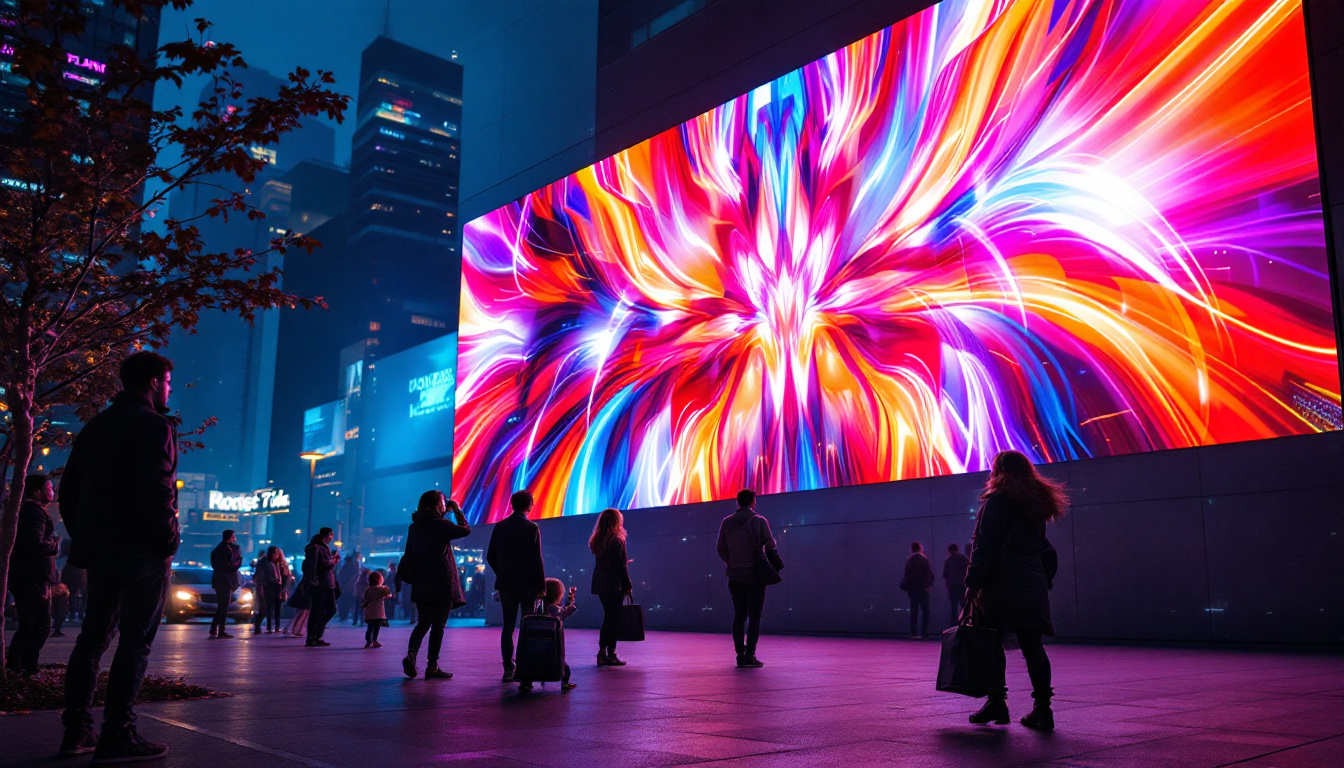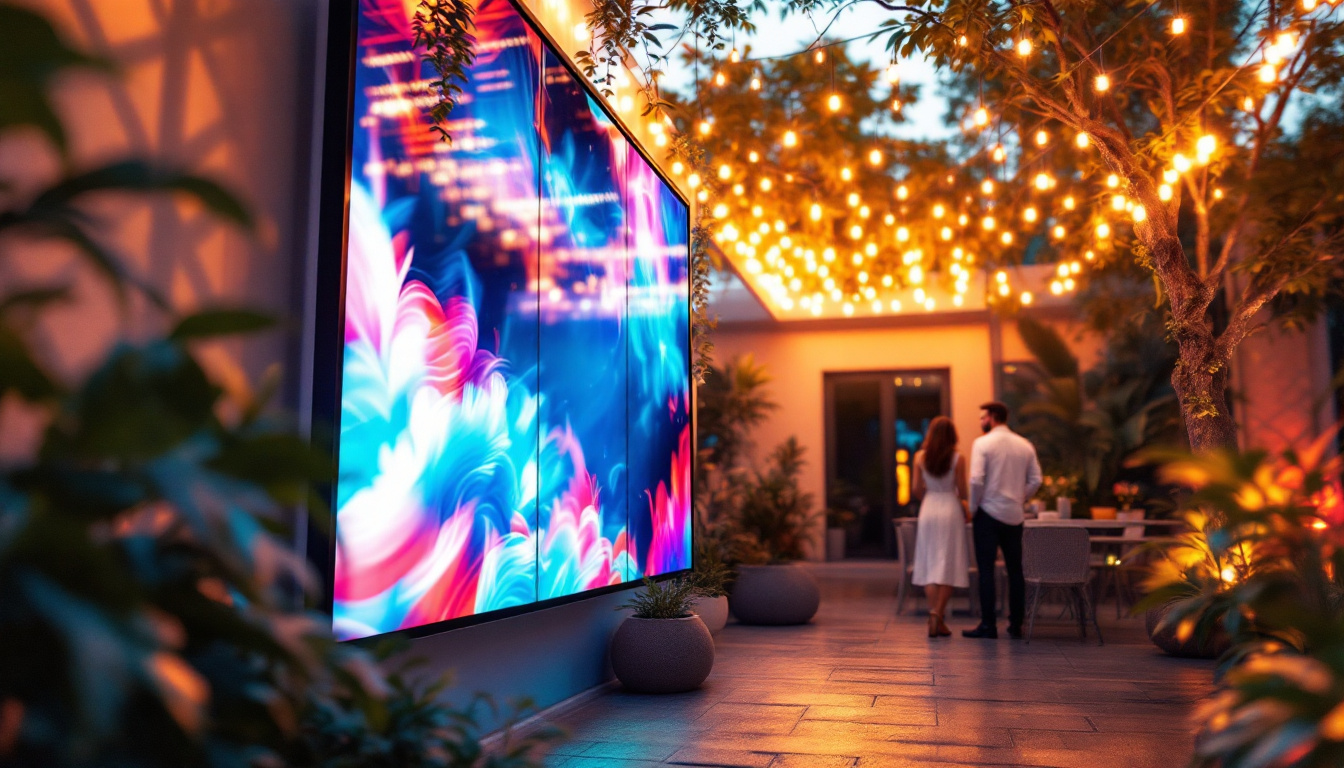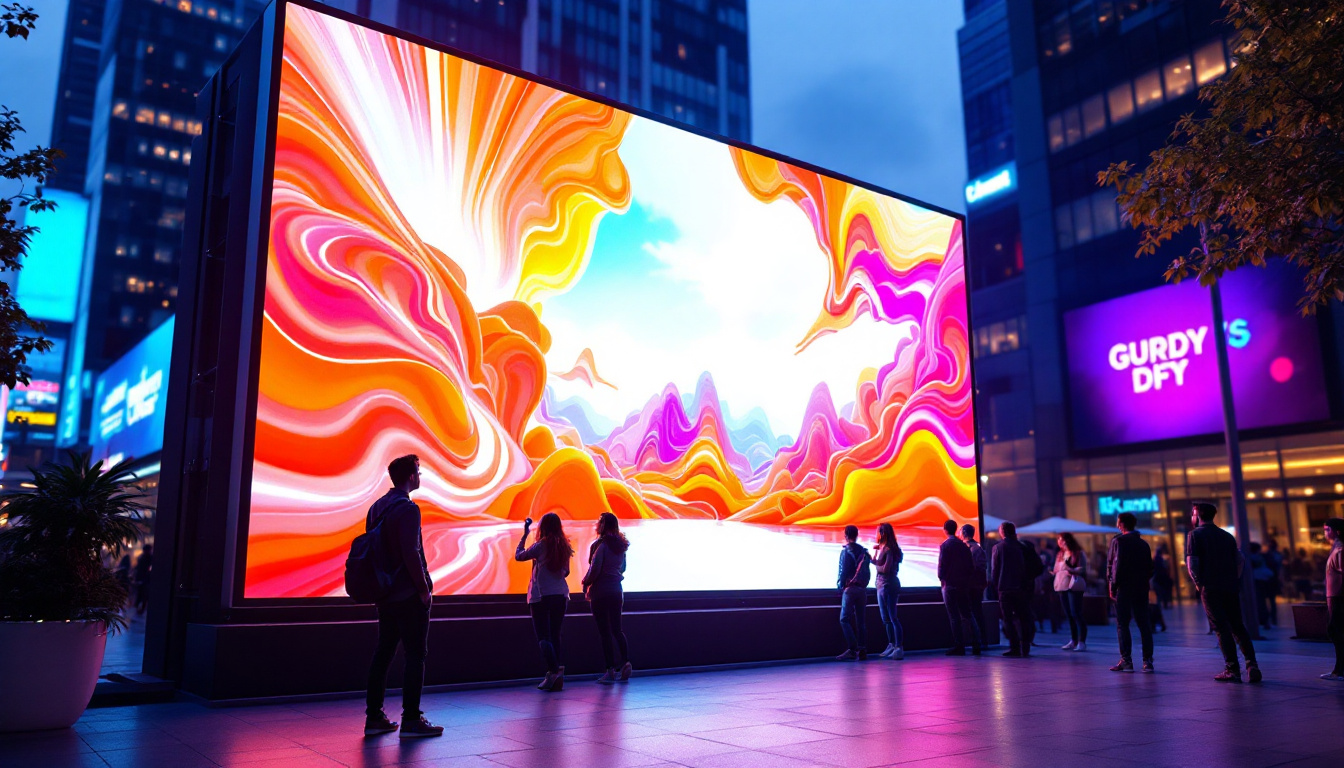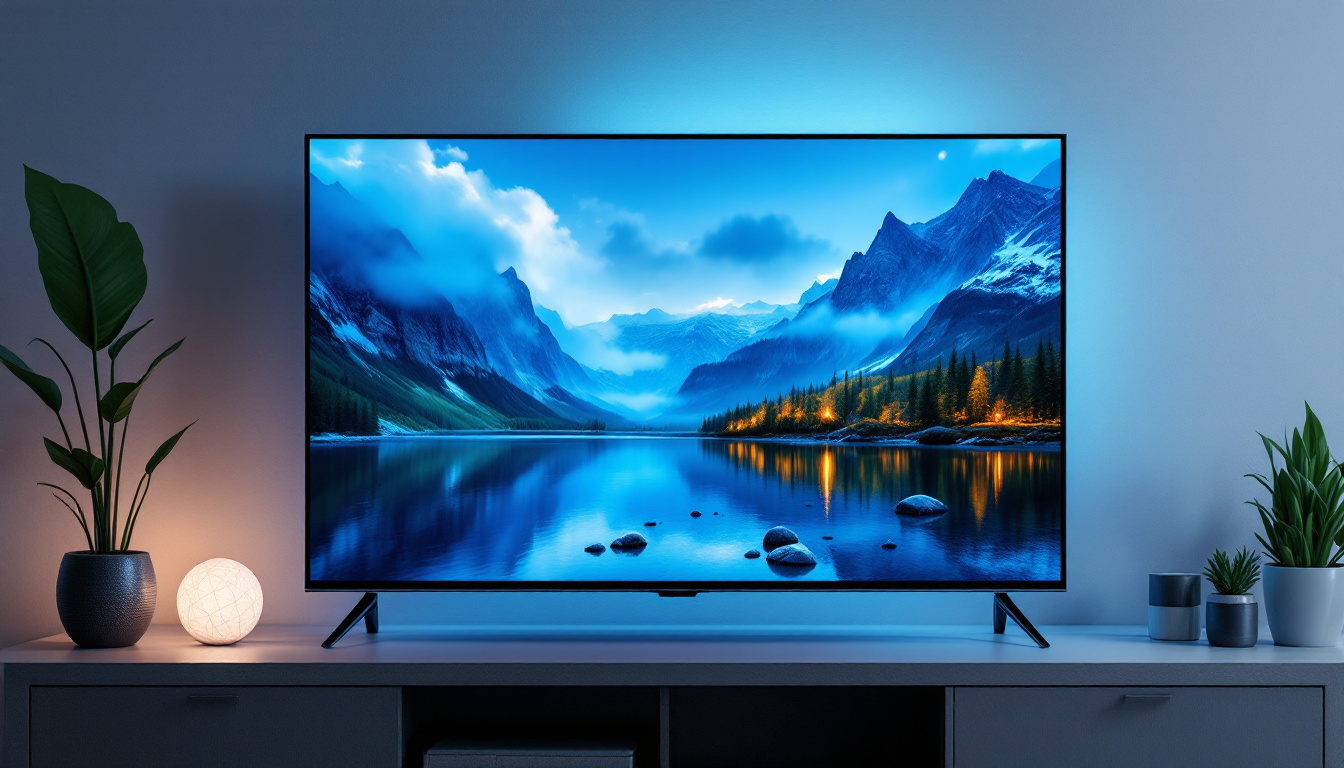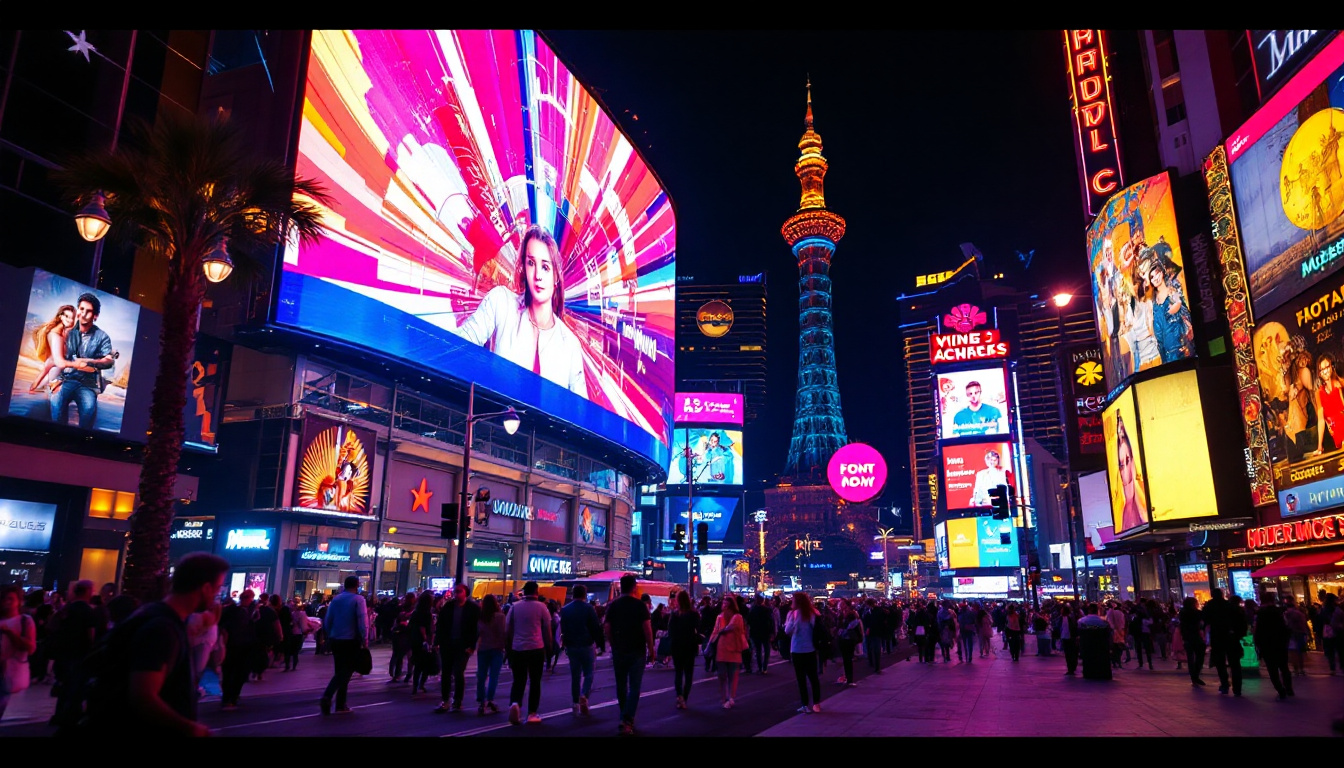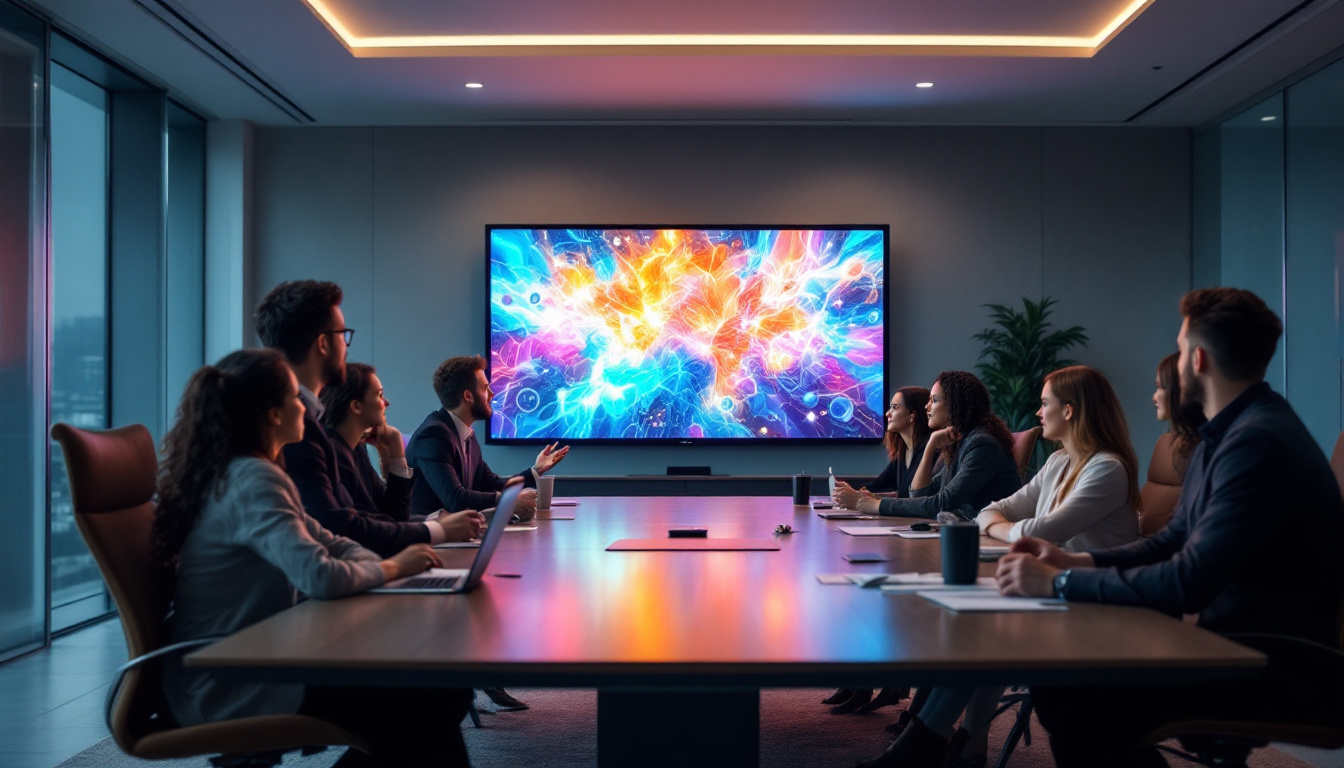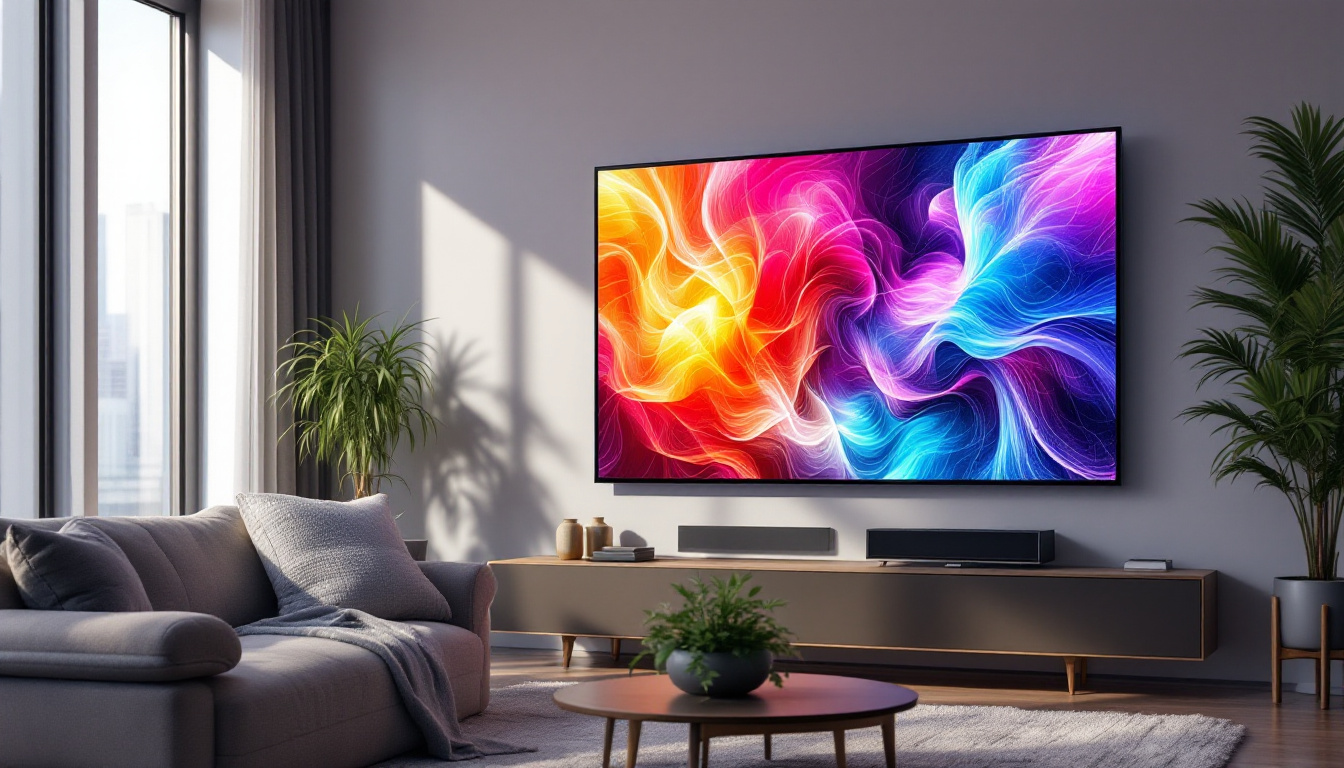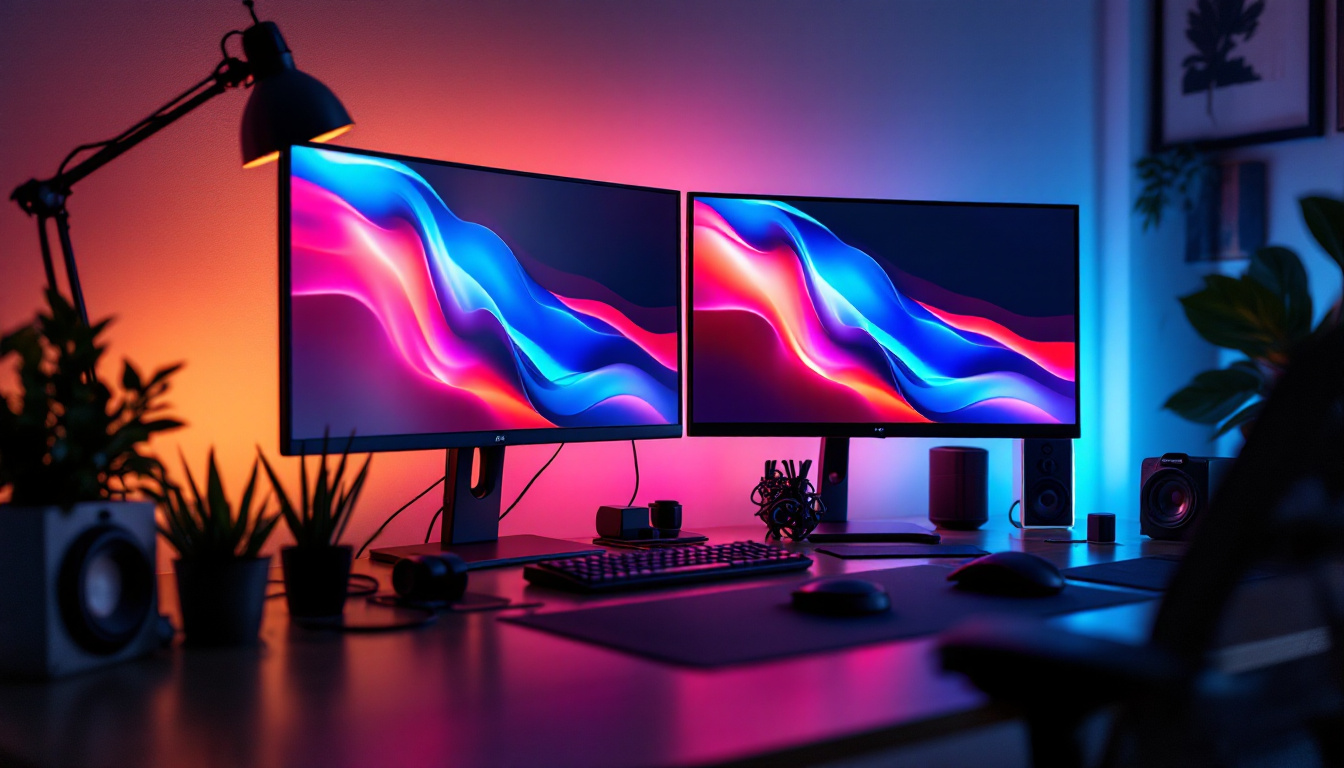In today’s fast-paced digital world, touch screen monitors have become an essential tool for various applications, from business presentations to interactive kiosks. The 42-inch touch screen monitor, in particular, stands out due to its size and versatility. This article delves into the intricacies of LED displays, the technology behind touch screens, and the advantages of using a 42-inch model.
Understanding LED Display Technology
LED (Light Emitting Diode) technology has revolutionized the way displays are manufactured and utilized. Unlike traditional LCD displays, which use fluorescent backlighting, LED displays offer brighter images, better contrast, and improved energy efficiency.
How LED Displays Work
At the core of LED technology is the use of semiconductor materials that emit light when an electric current passes through them. This allows for a more compact design and enables manufacturers to create thinner screens without compromising image quality. The light emitted can be adjusted to create a wide range of colors, resulting in vibrant visuals that enhance the viewing experience.
LED displays can be categorized into two main types: direct-lit and edge-lit. Direct-lit LED displays use a grid of LEDs behind the screen, providing uniform brightness across the entire display. In contrast, edge-lit displays have LEDs positioned around the edges, which can lead to variations in brightness but allows for a slimmer profile.
Additionally, advancements in technology have led to the development of organic LED (OLED) displays, which utilize organic compounds to emit light. OLED displays offer even greater flexibility and can be made into curved or flexible shapes, opening up new possibilities for design and application. This innovation not only enhances the aesthetic appeal of devices but also contributes to a more immersive viewing experience, particularly in high-definition and 4K resolutions.
Benefits of LED Displays
The advantages of LED displays extend beyond just aesthetics. They are known for their longevity, often lasting up to 100,000 hours, which significantly reduces the need for frequent replacements. Additionally, LED technology is more energy-efficient than traditional displays, leading to lower operational costs over time.
Moreover, LED displays offer superior color accuracy and contrast ratios, making them ideal for environments where visual clarity is paramount. This is particularly beneficial for businesses that rely on presentations, advertisements, or interactive displays to engage customers. The ability of LED technology to deliver high brightness levels also makes it suitable for outdoor applications, where sunlight can wash out traditional displays. As a result, LED screens are increasingly being used in billboards and public signage, ensuring that messages are clear and impactful, even in bright daylight.
Furthermore, the rapid evolution of LED technology has paved the way for innovations such as smart displays that integrate connectivity features, allowing for real-time content updates and interactivity. This capability is transforming how businesses communicate with their audience, enabling dynamic advertising strategies that can adapt to changing trends and consumer behaviors. With the integration of sensors and AI, these smart LED displays can analyze viewer engagement and tailor content accordingly, creating a more personalized experience that captivates and retains attention.
The Mechanics of Touch Screen Technology
Touch screen technology has evolved dramatically over the years, providing users with an intuitive way to interact with digital content. The integration of touch functionality into a 42-inch monitor enhances its usability, making it suitable for various applications.
Types of Touch Screen Technologies
There are several types of touch screen technologies, each with its own unique advantages. The most common types include resistive, capacitive, and infrared touch screens.
- Resistive Touch Screens: These screens consist of two thin layers separated by a small gap. When pressure is applied, the layers make contact, registering the touch. They are known for their durability and can be used with gloves or styluses, making them suitable for industrial environments.
- Capacitive Touch Screens: Capacitive screens use the electrical properties of the human body to detect touch. They are more responsive and allow for multi-touch gestures, which enhances the user experience. However, they typically require direct skin contact, making them less versatile in certain situations.
- Infrared Touch Screens: These screens use an array of infrared sensors to detect touch. They are highly accurate and can work with any object, including fingers, gloves, or styluses. Infrared technology is often used in large displays and kiosks due to its flexibility.
How Touch Screens Enhance User Experience
The integration of touch technology into a 42-inch monitor transforms the way users interact with content. The ability to navigate through menus, zoom in on images, and manipulate data with simple gestures makes the experience more engaging and intuitive.
In educational settings, touch screen monitors can facilitate interactive learning, allowing students to participate actively in lessons. In retail environments, they can be used for product demonstrations, enhancing customer engagement and driving sales.
Advantages of a 42 Inch Touch Screen Monitor
The size of a 42-inch touch screen monitor offers several advantages that make it a popular choice for both commercial and personal use. This section explores the key benefits of choosing a monitor of this size.
Enhanced Visibility and Engagement
With a larger display, content is more visible, making it easier for multiple viewers to engage simultaneously. This is particularly beneficial in collaborative environments, such as conference rooms or classrooms, where several individuals may need to view the screen at once.
The increased screen real estate allows for more detailed presentations, making it easier to convey complex information. Whether it’s displaying charts, graphs, or multimedia content, a 42-inch monitor ensures that every detail is easily seen and understood.
Versatility in Applications
A 42-inch touch screen monitor is incredibly versatile, making it suitable for a wide range of applications. In business settings, it can be used for presentations, video conferencing, and interactive displays. In retail, it can serve as an information kiosk or digital signage, capturing the attention of customers and enhancing their shopping experience.
Moreover, in educational institutions, these monitors can be used as interactive whiteboards, allowing teachers to engage students in a more dynamic manner. The adaptability of a 42-inch touch screen monitor makes it an excellent investment for various sectors.
Improved Collaboration and Productivity
In collaborative environments, a 42-inch touch screen monitor can significantly enhance productivity. Teams can easily share ideas, brainstorm, and work together on projects in real-time. The touch functionality allows for seamless interaction, enabling users to annotate documents, highlight key points, and manipulate data effortlessly.
This level of interactivity fosters a more engaging atmosphere, encouraging participation and creativity among team members. As a result, businesses can experience improved outcomes and more effective communication.
Choosing the Right 42 Inch Touch Screen Monitor
When selecting a 42-inch touch screen monitor, several factors should be considered to ensure that the chosen model meets specific needs and requirements. This section outlines key considerations to keep in mind during the selection process.
Resolution and Image Quality
Resolution plays a crucial role in determining the clarity and sharpness of the display. A higher resolution, such as 4K, provides more pixels, resulting in crisper images and finer details. This is particularly important for applications that require high-quality visuals, such as graphic design or video editing.
Additionally, consider the monitor’s brightness and contrast ratio. A brighter display with a higher contrast ratio will perform better in well-lit environments, ensuring that content remains visible and engaging.
Touch Technology and Responsiveness
As previously discussed, the type of touch technology can significantly impact user experience. Assess the responsiveness of the touch screen, as a lagging or unresponsive display can hinder productivity and frustrate users. Look for models that offer multi-touch capabilities for enhanced interactivity.
Furthermore, consider whether the monitor supports gesture controls, which can streamline navigation and make the user experience more intuitive.
Connectivity Options
Connectivity is another vital factor to consider when choosing a 42-inch touch screen monitor. Ensure that the monitor has a variety of input options, such as HDMI, USB, and DisplayPort, to accommodate different devices and applications. This flexibility allows for seamless integration into existing setups, whether in a business, educational, or retail environment.
Additionally, consider wireless connectivity options, such as Wi-Fi and Bluetooth, which can enhance convenience and reduce cable clutter.
Installation and Maintenance Considerations
Proper installation and maintenance are essential to ensure the longevity and optimal performance of a 42-inch touch screen monitor. This section provides insights into best practices for installation and ongoing care.
Installation Best Practices
When installing a touch screen monitor, it’s important to choose a suitable location that minimizes glare and provides adequate visibility for users. Wall mounting is a popular option for larger displays, as it saves space and allows for better viewing angles.
Ensure that the monitor is securely mounted and that all cables are properly managed to prevent accidents or damage. It’s also advisable to conduct a thorough check of the monitor’s functionality after installation to ensure that all features are working as intended.
Regular Maintenance Tips
To keep a 42-inch touch screen monitor in optimal condition, regular maintenance is essential. This includes cleaning the screen with appropriate cleaning solutions and microfiber cloths to avoid scratches and smudges. Avoid using abrasive materials that could damage the display.
Additionally, periodically check for software updates and firmware upgrades to ensure that the monitor operates smoothly and efficiently. Keeping the device updated can enhance performance and introduce new features that improve user experience.
Conclusion
The 42-inch touch screen monitor represents a significant advancement in display technology, combining the benefits of LED displays with the interactivity of touch functionality. Its versatility makes it suitable for a wide range of applications, from business to education and retail.
Understanding the underlying technology, advantages, and considerations when selecting a monitor can help users make informed decisions that meet their specific needs. With proper installation and maintenance, a 42-inch touch screen monitor can serve as a valuable asset, enhancing engagement and productivity in various environments.
As technology continues to evolve, the role of touch screen monitors will likely expand, offering even more innovative solutions for users around the globe. Investing in a high-quality 42-inch touch screen monitor today can pave the way for a more interactive and engaging future.
Discover LumenMatrix’s Innovative Touch Screen Solutions
Ready to elevate your interactive display experience? LumenMatrix, a pioneer in LED display technology, offers a comprehensive range of solutions tailored to your needs. From captivating Indoor and Outdoor LED Wall Displays to dynamic Vehicle and Sports LED Displays, each product is designed to enhance brand visibility and audience engagement. Explore our innovative LED Poster Displays, Floor LED Displays, and Custom LED solutions that promise to transform your visual communication. Embrace the future with our All-in-One and Transparent LED Displays. Check out LumenMatrix LED Display Solutions today and step into a world of unparalleled clarity and interactivity.

